
SEAT Ibiza FR (2009-2017) engines, drive and performance
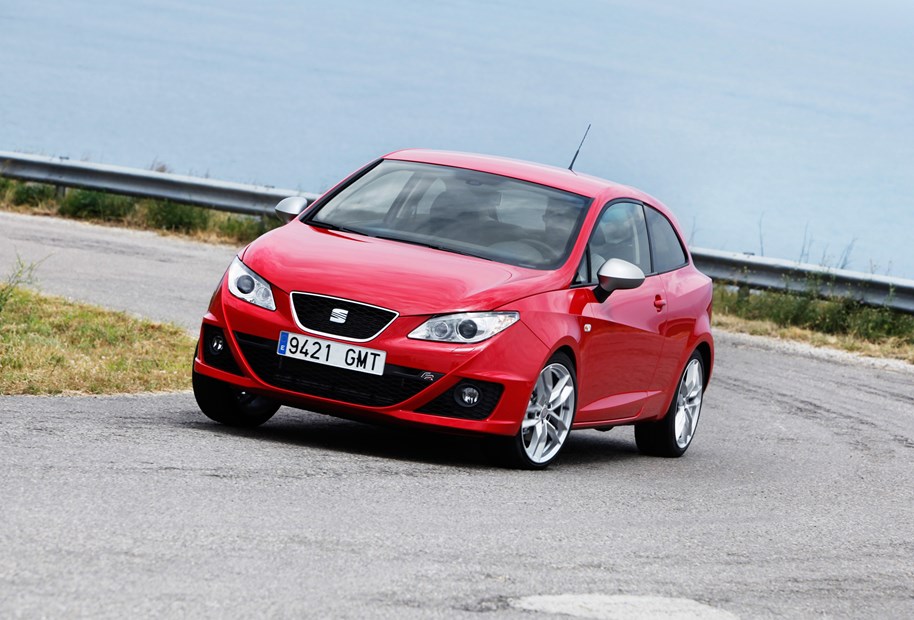
Like the Cupra, the Ibiza FR is available with a 1.4-litre TSI but don’t be put off by the small size. It uses both a turbocharger and supercharger to produce 150bhp along with impressive pulling power. This means that there’s plenty of urgency low-down, making it nippy away from the lights, while 0-62mph takes 7.7 seconds – only half a second slower than the Cupra.
It can feel a little unresponsive at higher revs though and isn’t as keen as other similarly powerful hatchbacks like the Mitsubishi Colt Ralliart. This is partly down to the DSG automatic gearbox which unusually comes as standard on the petrol FR – there’s no manual available with this engine. This is a sequential, seven-speed automatic which means you’re able to change gears manually using paddles on the steering wheel or the gear shift.
It also uses two clutches to provide super-quick smooth shifts. But while the system is undoubtedly very impressive and works well on certain SEAT models, it can be frustrating on the FR and doesn’t let you hold gears at high revs. It’s not quite as enjoyable to use as a normal manual gearbox and robs the driver of that crucial sense of involvement behind the wheel.
The TDI version was added in 2010 and with 143bhp this engine certainly isn’t short on power. In fact, it boasts more pulling power than a MINI Cooper S JCW and even a Porsche Cayman. As a result it has impressive and long lasting in-gear acceleration, which is ideal for overtaking, while 0-62mph takes 8.2 seconds. Unlike the petrol, the TDI is also available as a five-door (rather than just the three-door SC bodystyle) but the best bit is fuel economy – it returns a mightily impressive 61mpg while emissions of 119g/km of CO2 mean it’s also cheap to tax.
It comes with a six-speed manual as standard too.
Like the Cupra, the FR is fitted with a system called XDS which is designed to provide more grip in corners. It’s an electronic system which works like a differential and uses the brakes and stability control to maintain traction by channelling power to the wheel that has the best grip. It means the Ibiza turns into bends well and feels agile even in tight turns.
The steering could do with more feel though, but it is nicely weighted and responsive. And thanks to lowered stiffened suspension, the FR is very flat in corners with plenty of grip too. The TDI drives very much like the petrol version and has equally good stability at higher speeds while still feeling agile in tighter corners.


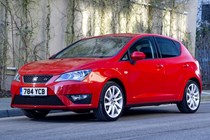
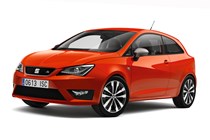
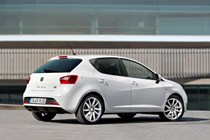
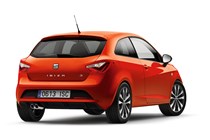
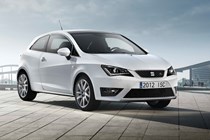
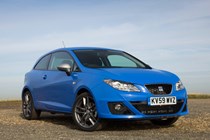
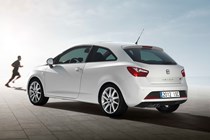
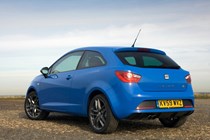
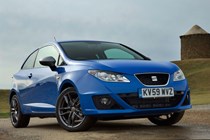
.jpg)
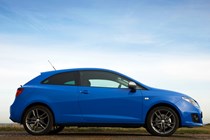
.jpg)
.jpg)
.jpg)
.jpg)
.jpg)
.jpg)

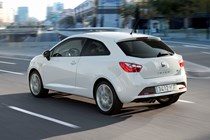
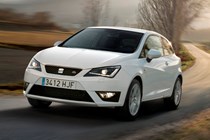
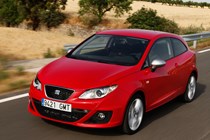
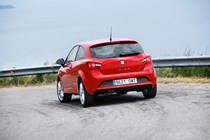
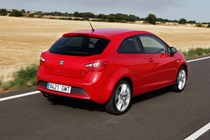
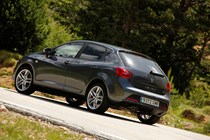
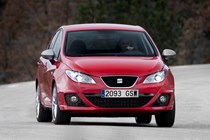
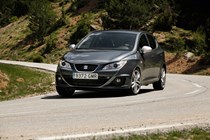
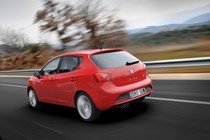
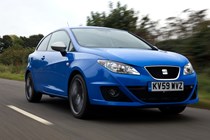
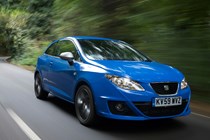
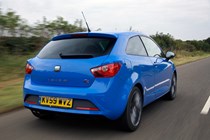
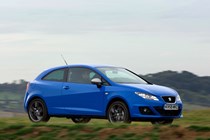
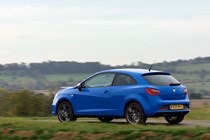
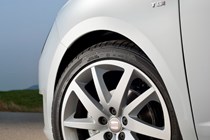
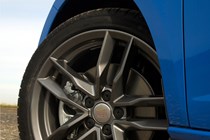
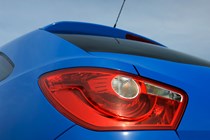
.jpg)
.jpg)
.jpg)
.jpg)
.jpg)
.jpg)
.jpg)
.jpg)
.jpg)
.jpg)
.jpg)
.jpg)
.jpg)
.jpg)
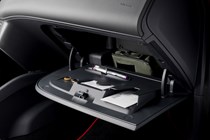
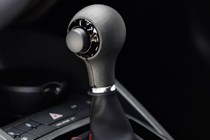

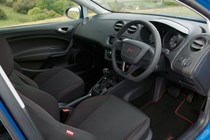
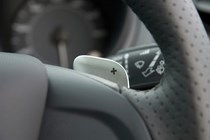

.jpg)
.jpg)
.jpg)
.jpg)
.jpg)
.jpg)
.jpg)
.jpg)
.jpg)
.jpg)
.jpg)
.jpg)
.jpg)
.jpg)
.jpg)
.jpg)
.jpg)
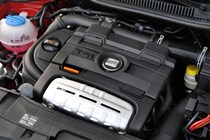
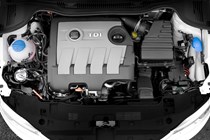









.jpg?quality=50)

.jpg?quality=50)
.jpg?quality=50)
.jpg?quality=50)
.jpg?quality=50)
.jpg?quality=50)
.jpg?quality=50)


















.jpg?quality=50)
.jpg?quality=50)
.jpg?quality=50)
.jpg?quality=50)
.jpg?quality=50)
.jpg?quality=50)
.jpg?quality=50)
.jpg?quality=50)
.jpg?quality=50)
.jpg?quality=50)
.jpg?quality=50)
.jpg?quality=50)
.jpg?quality=50)
.jpg?quality=50)






.jpg?quality=50)
.jpg?quality=50)
.jpg?quality=50)
.jpg?quality=50)
.jpg?quality=50)
.jpg?quality=50)
.jpg?quality=50)
.jpg?quality=50)
.jpg?quality=50)
.jpg?quality=50)
.jpg?quality=50)
.jpg?quality=50)
.jpg?quality=50)
.jpg?quality=50)
.jpg?quality=50)
.jpg?quality=50)
.jpg?quality=50)

